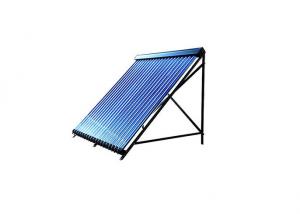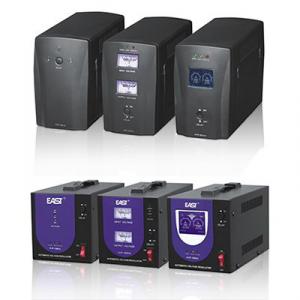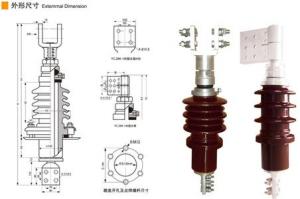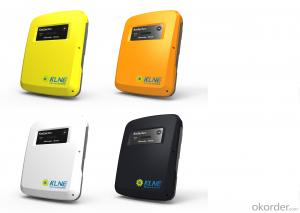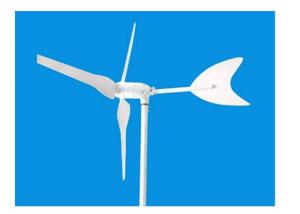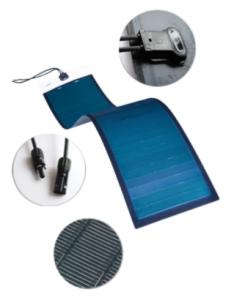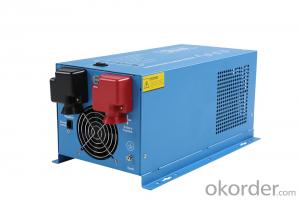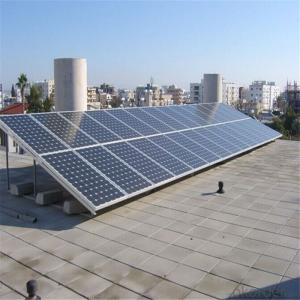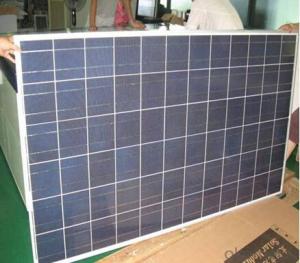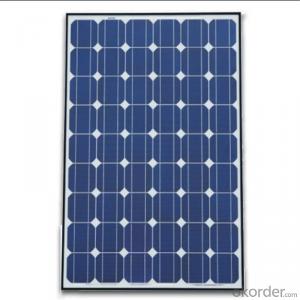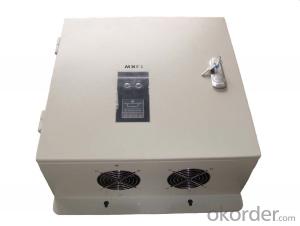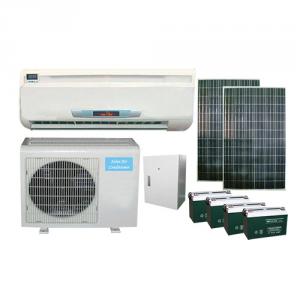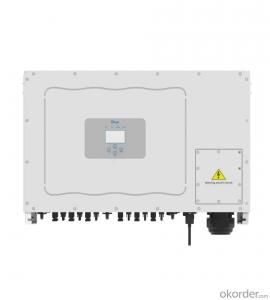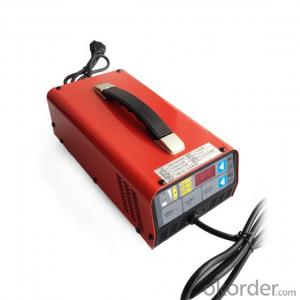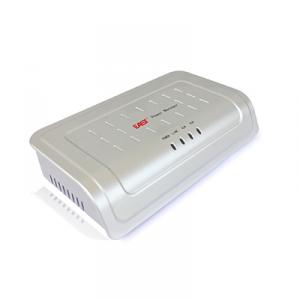Abb Solar Inverter 100kw
Abb Solar Inverter 100kw Related Searches
100 Amp Solar Inverter 100kw Solar Inverter 100 Kw Solar Inverter 100 Watt Solar Inverter Solar Inverter 100 Watt 100w Solar Inverter 100 Kva Solar Inverter Abb Solar Inverter Solar Abb Inverter Abb Solar Power Inverter Abb 10kw Solar Inverter 100 Watt Solar Panel Inverter 100 Kw Hybrid Solar Inverter Abb Solar Panel Inverter Abb Hybrid Solar Inverter Abb Solar Pump Inverter Sma 100 Kw Solar Inverter Inverter For 100w Solar Panel 100kw Solar Inverter Price Abb Solar Water Pump Inverter 100 Kw Solar Inverter Price 100w Solar Panel With Inverter Abb Solar Inverter Price 100 Kva Solar Inverter Price Abb 50 Kw Solar Inverter Price Abb Solar Inverter Wifi Abb 3 Phase Solar Inverter Abb Solar Inverter Warranty Abb 5kw Solar Inverter 50 Amp Solar InverterAbb Solar Inverter 100kw Supplier & Manufacturer from China
Abb Solar Inverter 100kw is a high-performance solar power inverter designed to maximize the efficiency of solar energy conversion. This advanced inverter is equipped with cutting-edge technology that ensures reliable and stable power output, making it a popular choice among solar power system installers and users. The product is specifically engineered to handle the demands of large-scale solar power installations, providing a robust solution for commercial and industrial applications.The Abb Solar Inverter 100kw is widely used in various scenarios where a reliable and efficient power supply is essential. It is commonly employed in large-scale solar farms, commercial buildings, and industrial facilities that aim to harness the power of the sun for their energy needs. This product's ability to deliver a consistent and high-quality power output makes it an ideal choice for those seeking to reduce their reliance on traditional energy sources and embrace renewable energy solutions.
Okorder.com is a reputable wholesale supplier of the Abb Solar Inverter 100kw, boasting a vast inventory that caters to the needs of various customers. As a leading platform for sourcing high-quality solar power products, Okorder.com ensures that customers have access to the latest and most efficient solar inverters, including the Abb Solar Inverter 100kw. By offering a comprehensive range of solar power solutions, Okorder.com has established itself as a trusted partner for those looking to invest in sustainable energy technologies.
Hot Products
